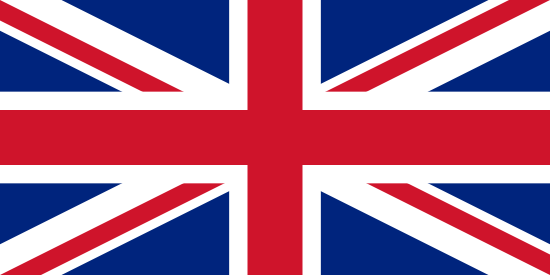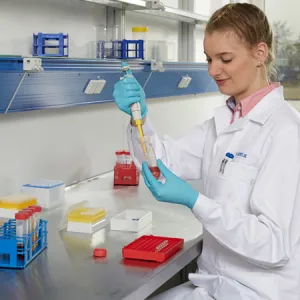93 laboratories from 16 countries participated in the first laboratory performance assessment in 2021, a record number of participants. In addition to 73 approved laboratories, the participants also included 16 laboratories in the recognition process and 4 third-party laboratories whose participation was voluntary and without applying for QS approval. The results show that the majority of laboratories (74%) were able to present good analytical results and passed the test. In particular, however, the inclusion of new substances in the laboratories' range of tests and sample handling in single method determination still show a clear need for improvement.
About the test design
The peach test matrix can be described as relatively simple from an analytical point of view. Large matrix effects were not to be expected here.
The test material contained eight active ingredients. Azadirachtin, Matrin, Fenbuconazole, Tetraconazole and the metabolite Flonicamid TFNG were the first active ingredients to be examined in the performance assessment. The intention of adding the active ingredient metabolite Flonicamid TFNG was also to check whether the laboratories detect relevant metabolites that are part of the residue definition.
In the single method analysis, the focus was on the determination of dithiocarbamates. The determination and calculation refers to the carbon disulfide (CS2) formed. The use of the dithiocarbamate mancozeb - instead of the use of thiram, which has been common in interlaboratory comparisons so far - was used to test the laboratories' handling of this difficult determination method.
Results at a glance
64 of the 73 approved laboratories passed the performance assessment. Three QS approved laboratories failed to identify one active ingredient each because it was not part of their spectrum. Six laboratories each had more than two quantification errors. The statements requested from the laboratories on the causes and elimination of errors will provide clarification here.
10 of the laboratories in the recognition procedure failed the test, as did three of the voluntarily participating third-party laboratories.
A total of 31 (33%) of the laboratories identified and correctly quantified all active substances and thus achieved the maximum possible score. Almost all of these laboratories (29) already have QS approval.
In the meantime, preparations for the next laboratory performance assessment, which will take place in the 2nd half of 2021, are already in full swing.
A detailed overview and further information on the results can be found here:



